Strategies for Dealing with Puppy Urine Stains
 July 27, 2023
July 27, 2023
Welcoming a new puppy into your home is an exciting and joyous experience. However, along with their adorable antics and boundless energy, puppies can sometimes leave behind unwanted surprises in the form of urine stains. These accidents are a natural part of the house-training process, but they can be frustrating for owners. In this essay, we will explore practical strategies for effectively dealing with urine stains caused by puppies and provide tips to help owners navigate this common challenge.
Understanding the Cause
Before exploring how to deal with puppy urine stains, it is crucial to understand the cause. Puppies are in the process of being potty trained, and accidents are a natural part of this learning curve. Most puppies need consistent training and guidance to develop appropriate bathroom habits. Additionally, some medical conditions, such as urinary tract infections, may contribute to increased accidents. Recognizing the cause of these stains is essential for implementing effective strategies.
Prompt and Thorough Cleanup
Dealing with puppy urine stains requires a prompt and thorough cleanup to prevent lingering odors and potential stains on surfaces. Begin by blotting up as much urine as possible using a clean cloth or paper towel, absorbing the fluid before it seeps deeper into the surface. Avoid rubbing, as this may spread the stain or push it further into the material. Once no more moisture can be absorbed, apply a designated pet urine cleaner, carefully following the instructions provided.
When choosing a cleaning product, aim for an enzymatic cleaner that breaks down the urine molecules, eliminating odors and deterring repeat accidents. These cleaners are specifically designed to target pet urine stains and offer the best chance of effectively dealing with the issue.
Prevention and Management
To avoid or reduce the occurrence of puppy urine stains, owners can employ several preventative measures and management techniques. Firstly, establishing a consistent routine for potty breaks is crucial. Take your puppy outside every few hours, especially after meals, playtime, or naps, to encourage proper elimination in designated areas.
Additionally, crate training can be highly effective in managing a puppy’s bathroom habits. Dogs have a natural inclination to keep their living quarters clean, which can be utilized by providing a properly sized crate. This approach teaches puppies to hold their bladder until they are taken outside, minimizing the risk of accidents and subsequent urine stains.
Positive reinforcement is an integral part of puppy training. Praise and reward your puppy enthusiastically when they successfully eliminate in the desired area. This positive association will motivate them to repeat the behavior and avoid accidents inside.
Long-Term Solutions
While accidents may still occur during the potty training process, incorporating long-term solutions can help minimize urine stains. Consider using puppy training pads in designated areas inside the house until your puppy reliably understands the concept of outdoor pottying. These pads can be conveniently disposed of, preventing stains on floors or carpets.
Investing in washable and easily cleanable materials, such as mats, rugs, and furniture covers, can also offer a practical solution. This way, any accidents that do occur can be quickly remedied without causing significant damage.
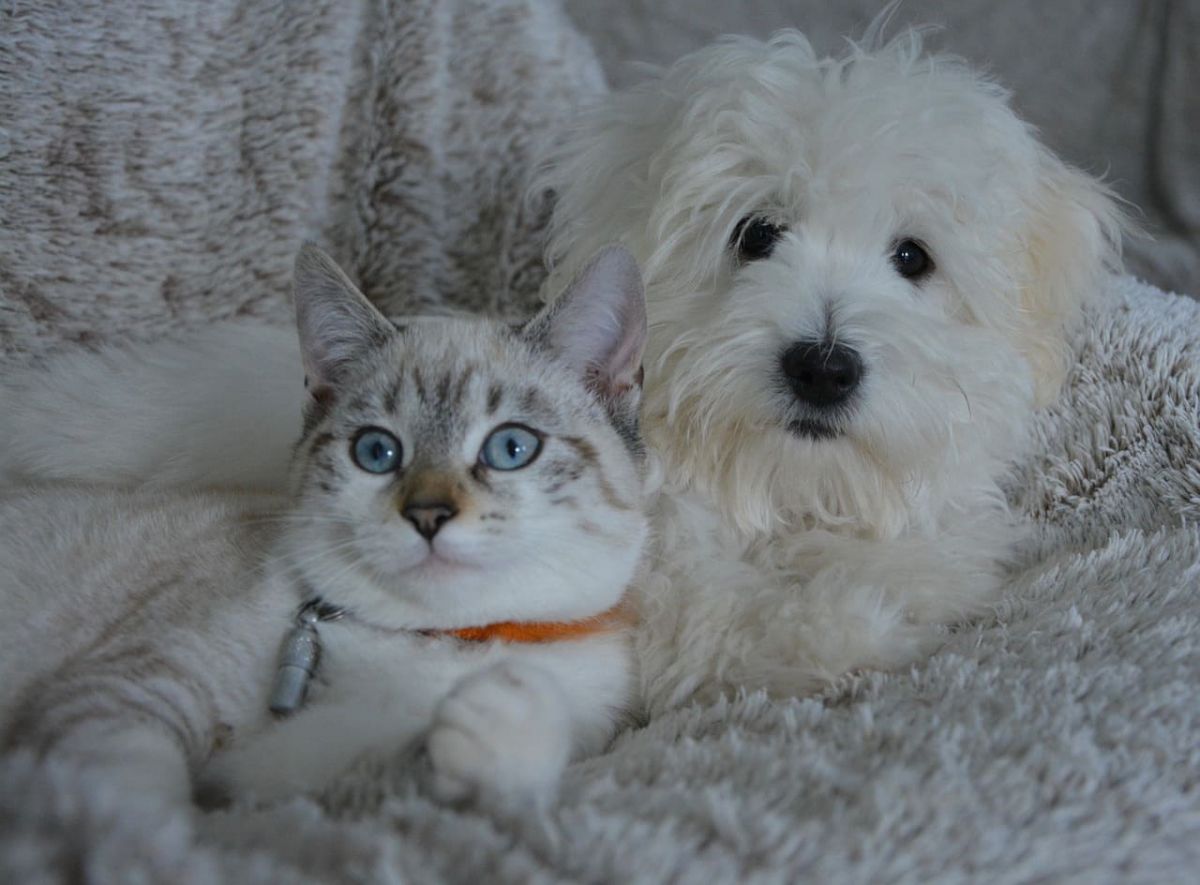
An Authoritative Glimpse into the World’s Top Ten Most Popular Categories of Pets

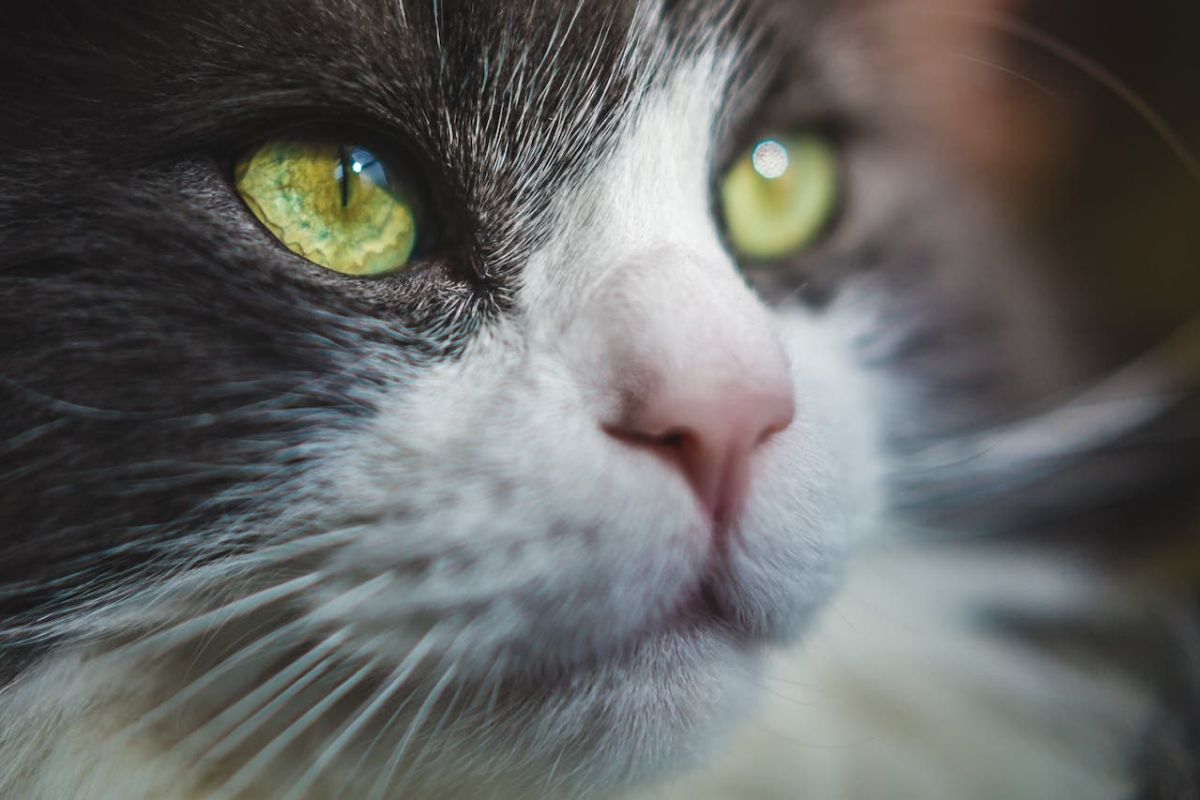
Why Do Cats Squirm Before Pouncing

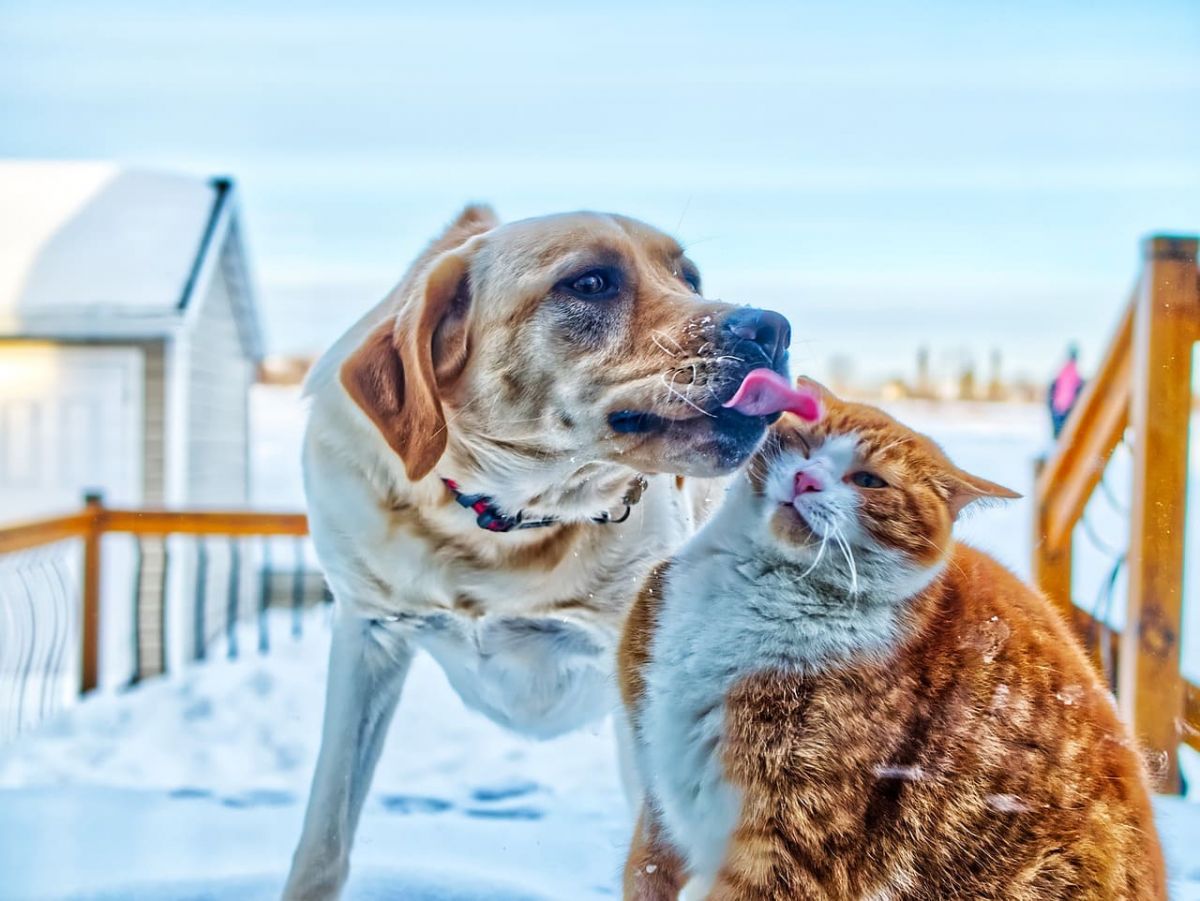
True Heartwarming Stories: The Unbreakable Bond Between Animals and Humans

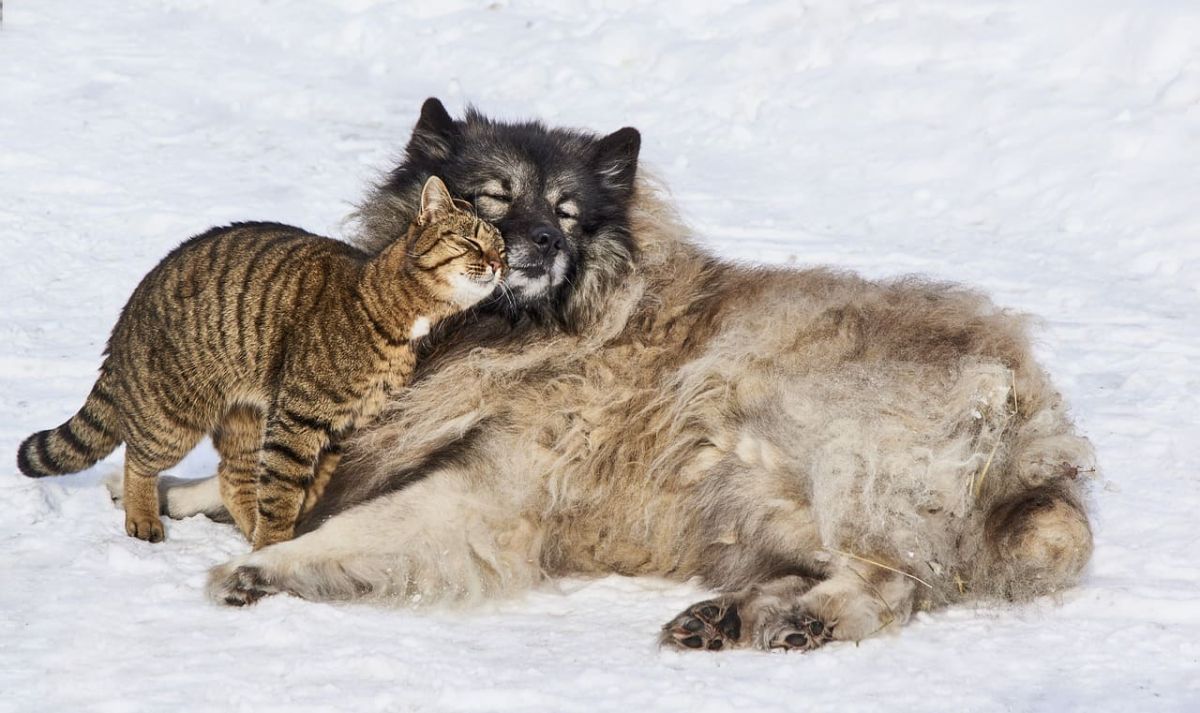
Pets’ Interesting News and Anecdotes

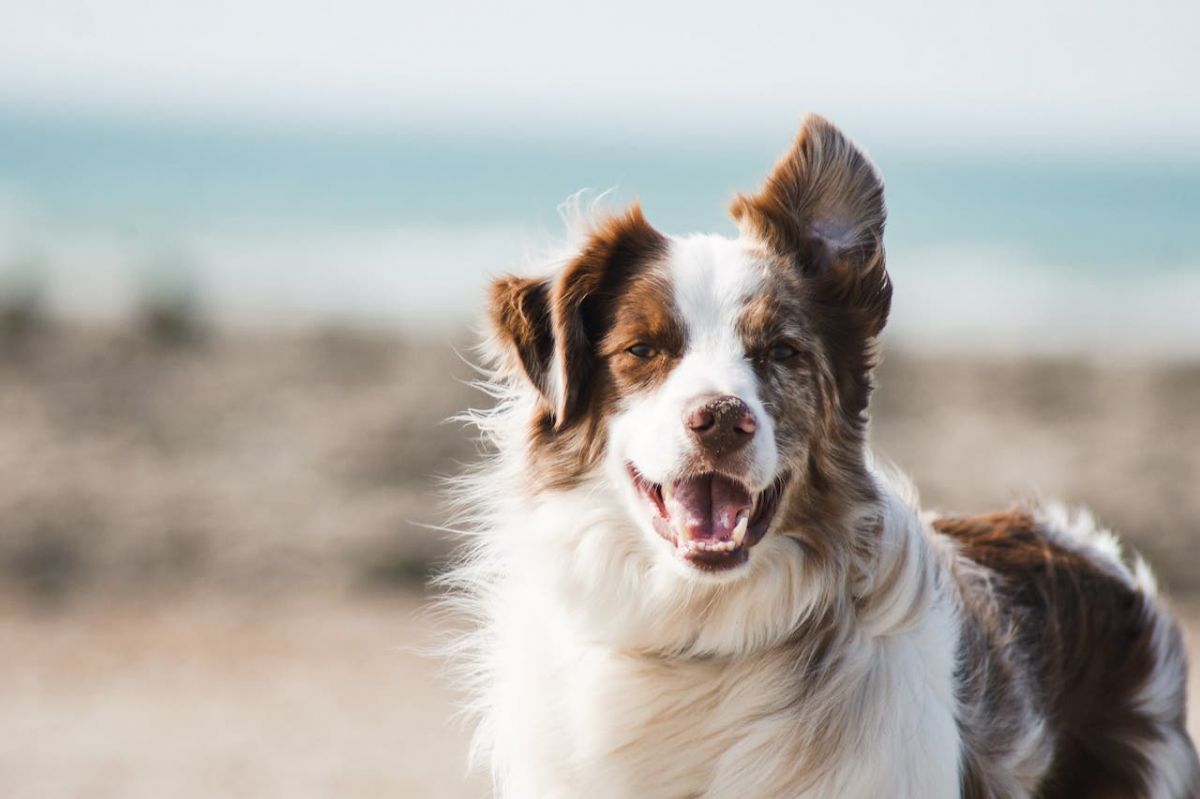
Owning a Pet May Help Maintain Mental Health When We’re Over 65

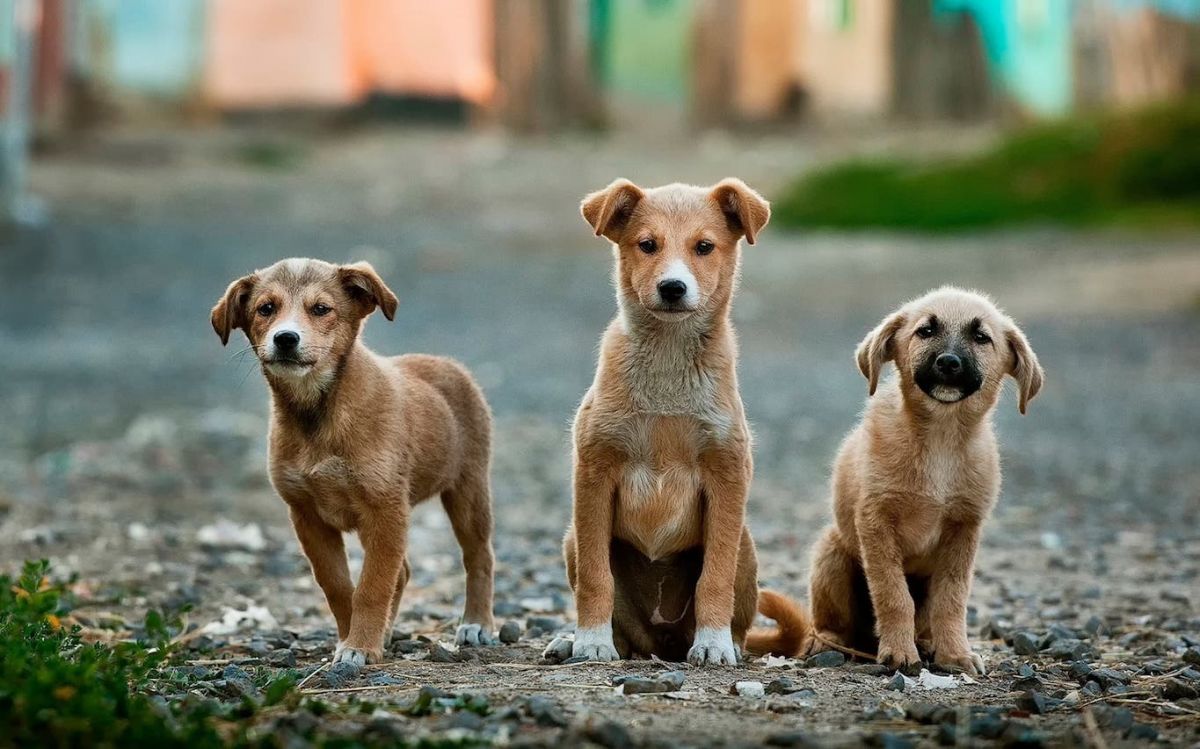
Pet IQ Test: Explore Your Pet's Intelligence and Potential

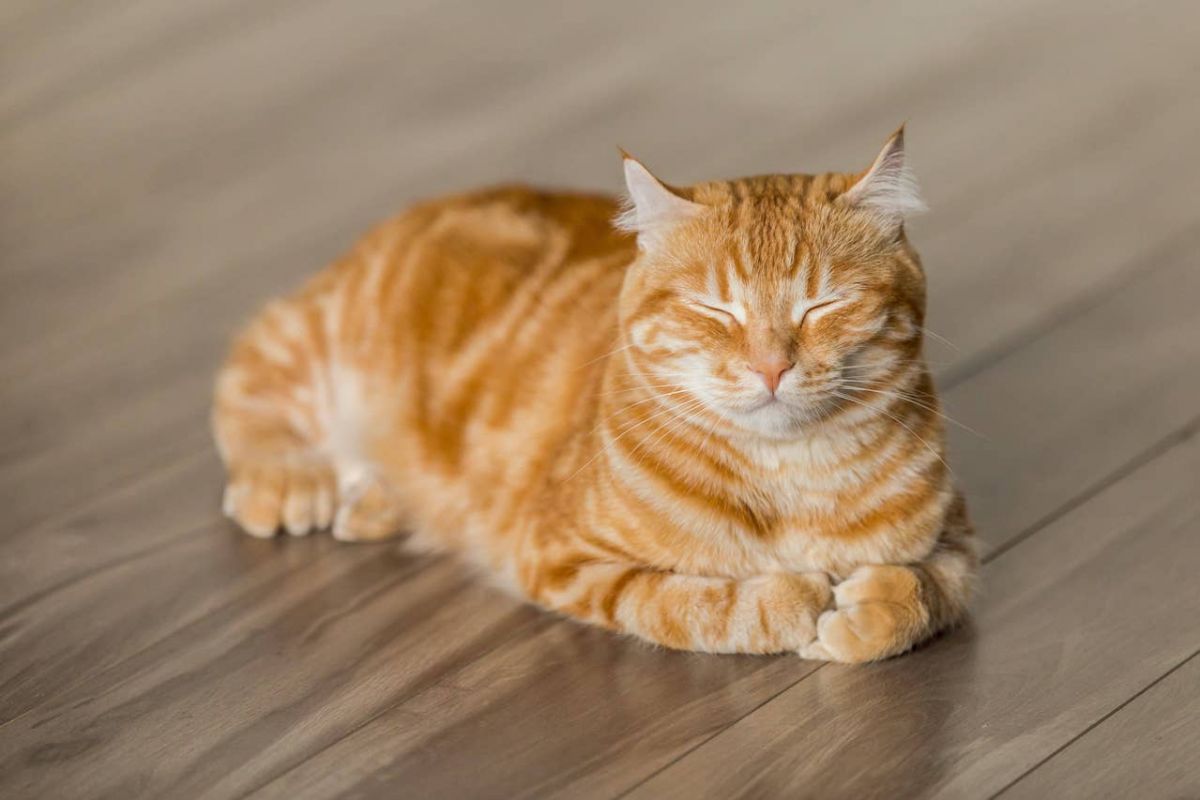
Pet Insurance: A Must for Comprehensive Pet Protection


Instruction to PetSmart


How to Train a Golden Retriever


How to Run a Successful Pet Boarding Service


How Can I Find a Veterinarian Near Me


Is the Ragdoll Cat Easy to Raise


What Do Maine Coon Cats Like to Eat


Chinese Crested Dog Wins Champion Title at 2023 Ugliest Dog Contest in California


Some New Laws About Pets


Why Do Cats Like to Sit in Squares So Much?















